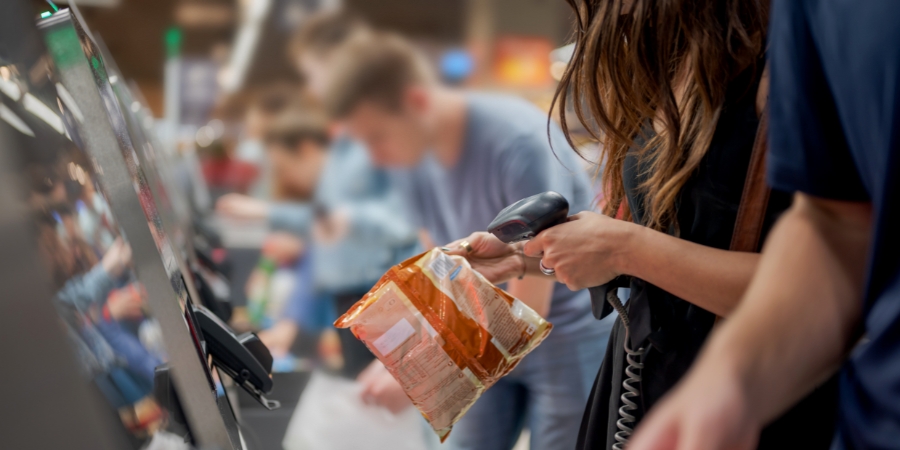
Photo: Canva
Kroger converted a store in Tennessee to self-checkout only, following its first test of a cashierless concept in Dallas in 2021.
A Kroger spokesperson told WKRN that the location in Franklin, about 20 minutes from Nashville, was converted because of the rate of customers already using self-checkout. “These allow our customers to scan and bag their own items,” she said. “It’s a fast, friendly experience.”
To accommodate larger orders, “new wide belt lanes,” which have bagging stations at the end, have been added, NBC-affiliate WSMV 4 reported.
Staff members are available to help customers with problems, with no jobs eliminated as part of the conversion. Another Tennessee store will be similarly converted later this year.
Among other retailers, Walmart and Dollar General are also both piloting exclusively self-checkout stores, while Amazon continues to test its “Just Walk Out” technology largely at Amazon Fresh and Go locations.
Last fall, Albertsons began testing a self-checkout-only store in Boise, Idaho, that guides customers to self-checkouts based on their basket size: 10 items or fewer, around 15 items, and 20 items or more. Hy-Vee has also converted many of its stores to primarily self-checkout stations, with the terminals able to be converted to manned checkout when busy.
Self-checkout options increased during the pandemic due to social distancing concerns and advances in automation, as well as to help retailers better manage high labor shortages and costs. For customers, self-scanning can reduce wait times.
VideoMining’s Front End MegaStudy found that self-checkout registers have now become the dominant checkout format for grocery stores, “with its share of transactions rising to 55% in 2022.”
A Reddit discussion on the conversion of the Franklin Kroger store found a few preferring self-checkout, but most people griped about technical difficulties and challenges purchasing many items.
“Self checkouts are almost never self checkouts,” one Redditor wrote. “They’re glitchy … the scales in them often cause disruptions in the process, [and] if you buy alcohol, OTC meds, etc., you need someone to help you. If you have more than 10 items the chances of a machine glitching out and you needing an override or ID check, etc. go up to like 100%. They’re annoying.”


Leave a Reply
You must be logged in to post a comment.